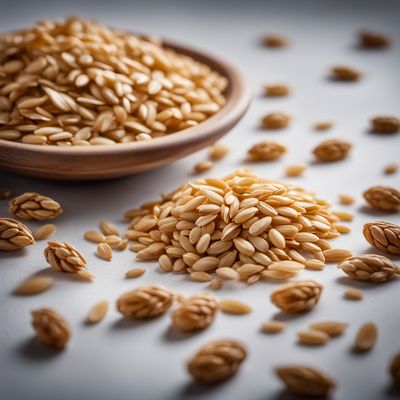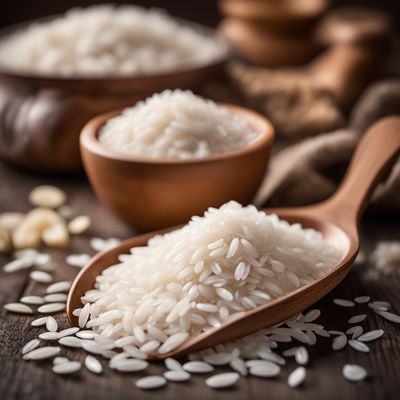
Ingredient
Processed maize-based flakes
Golden Crunch: Unveiling the World of Maize-Based Flakes
Processed maize-based flakes are made from finely ground maize kernels that undergo a process of cooking, drying, and flaking. These flakes have a light and crispy texture, with a golden hue that adds visual appeal to dishes. They have a mild, slightly sweet taste that pairs well with both savory and sweet flavors. The flakes are thin and delicate, making them perfect for adding a satisfying crunch to breakfast cereals, granola bars, baked goods, and even savory dishes like casseroles or coatings for fried foods.
Origins and history
Maize, also known as corn, is believed to have originated in Mesoamerica thousands of years ago. It was a staple crop for ancient civilizations such as the Mayans and Aztecs. The process of making maize-based flakes involves cooking the maize kernels, which has been a traditional method of preparing maize for centuries. The flakes gained popularity in the late 19th century when the industrialization of food production made it possible to mass-produce and distribute them worldwide.
Nutritional information
Processed maize-based flakes are a good source of carbohydrates, providing energy for the body. They also contain essential vitamins and minerals, including iron, thiamine, and niacin. A 1-cup serving of maize-based flakes typically contains around 150-200 calories, depending on the brand and additional ingredients.
Allergens
Processed maize-based flakes are generally gluten-free, but individuals with corn allergies should avoid them.
How to select
When selecting processed maize-based flakes, look for a brand that uses high-quality maize and minimal additives. Check the ingredient list to ensure there are no artificial flavors or preservatives. Opt for flakes that have a vibrant golden color and are free from clumps or moisture.
Storage recommendations
To maintain the freshness and crispness of processed maize-based flakes, store them in an airtight container in a cool, dry place. Avoid exposure to moisture, as it can cause the flakes to become soggy. Properly stored, they can retain their quality for several months.
How to produce
Amateur producers can grow maize in their gardens or small plots by planting maize seeds in well-drained soil and providing adequate sunlight and water. Once the maize is harvested, it can be dried and processed using a food dehydrator or by air-drying, followed by flaking using a flaking machine or rolling pin.
Preparation tips
Processed maize-based flakes can be enjoyed as a breakfast cereal with milk or yogurt, or as a topping for smoothie bowls or desserts. They can also be crushed and used as a coating for chicken or fish, adding a delightful crunch. For a sweet treat, incorporate them into granola bars or use them as a base for homemade energy bars. To enhance their flavor, toast the flakes lightly in a dry pan before using them in recipes.
Culinary uses
Processed maize-based flakes are commonly used in breakfast cereals, granola bars, and baked goods. They can also be used as a coating for fried foods or as a crunchy topping for salads and desserts.
Availability
Processed maize-based flakes are widely available in supermarkets and grocery stores worldwide.
More ingredients from this category

Processed rye-based flakes
Crunchy Rye Delights

Processed mixed cereal-based flakes
Wholesome Breakfast Delight

Processed wheat-based flakes
Wholesome Wheat Crunch

Processed barley-based flakes
Nutrient-packed Barley Flakes

Processed rice-based flakes
Crispy Delights: Unveiling the Magic of Rice-Based Flakes

Processed oat-based flakes
Wholesome Crunch: Exploring the World of Processed Oat-Based Flakes

Extruded breakfast cereal products
Crunchy Morning Delights

